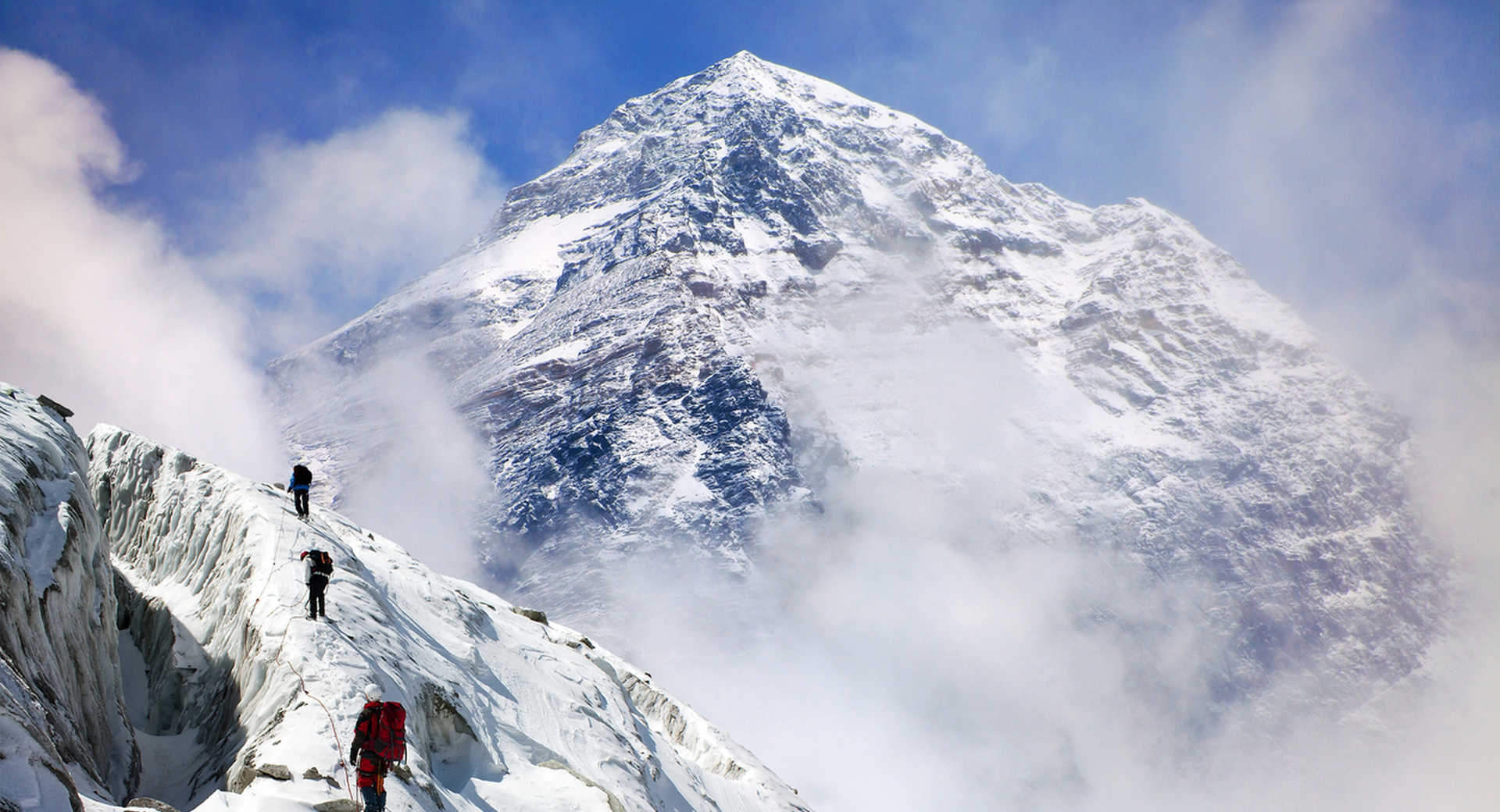The Journey to the Summit: Climbing Routes of Mount Everest
Embarking on the ascent of Mount Everest is a monumental undertaking, and climbers must navigate treacherous terrain, extreme altitudes, and unpredictable weather. Two primary routes, the South Col route in Nepal and the North Col route in Tibet, serve as gateways to the summit, each presenting its own set of challenges and rewards.
The South Col Route (Nepal):
Overview:
The South Col route, originating in Nepal, is the most popular and widely used path to the summit of Everest. This route offers climbers the opportunity to experience the rich cultural tapestry of the Khumbu region, the camaraderie of Everest Base Camp, and the iconic ascent through the Western Cwm.
Base Camp:
The journey begins at Everest Base Camp (EBC), located at an elevation of approximately 17,600 feet (5,364 meters). EBC serves as the hub of activity and preparation. Climbers acclimatize, fine-tune their equipment, and undergo rigorous training under the watchful gaze of the Himalayan giants.
Khumbu Icefall:
Beyond Base Camp lies the formidable Khumbu Icefall, a labyrinth of towering ice seracs and crevasses. Climbers navigate this icy maze, often during the early morning hours to mitigate the risk of melting ice. The Icefall is ever-changing, requiring constant assessment and adaptation.
Western Cwm:
Ascending beyond the Icefall, climbers traverse the expansive Western Cwm, a broad, flat basin flanked by Everest's Lhotse Face and Nuptse. This serene yet challenging section provides a reprieve before the arduous climb up the Lhotse Face.
Lhotse Face:
The ascent up the Lhotse Face demands technical climbing skills as climbers negotiate steep ice and rock sections. Fixed ropes are crucial for safety, and climbers must maintain focus while ascending this imposing wall.
South Col:
Reaching the South Col at approximately 26,000 feet (7,925 meters) marks a critical juncture. Camp IV is established here, serving as the launchpad for the final push to the summit. Climbers rest, hydrate, and prepare for the summit bid, facing the challenges of the "Death Zone" where oxygen levels are critically low.
Hillary Step and Summit:
The final stretch involves negotiating the Hillary Step, a steep rock and ice cliff, before reaching the South Summit. From here, climbers traverse the knife-edge Southeast Ridge to the Hillary Step, conquering the final obstacle before reaching the pinnacle of Everest—the summit.
The North Col Route (Tibet):
Overview:
The North Col route, accessed from Tibet, provides a distinct perspective of Everest and a unique cultural experience. Climbers appreciate the Tibetan Plateau's vast landscapes and traverse the dramatic North Face of the mountain.
Base Camp:
The journey begins at the Tibetan Base Camp, situated at an elevation of around 17,000 feet (5,182 meters). Tibetan Base Camp offers breathtaking views of Everest's North Face and serves as the starting point for acclimatization and preparation.
Advance Base Camp (ABC):
Climbers progress to Advance Base Camp, located at approximately 21,300 feet (6,492 meters). From ABC, the route takes climbers through the East Rongbuk Glacier and up to the North Col.
North Col:
Reaching the North Col at 23,000 feet (7,010 meters) is a pivotal moment. Camp I is established here, acting as a high-altitude base for climbers before they ascend the North Face.
North Face:
Climbers negotiate the challenging North Face, characterized by steep snow and rock sections. The route requires technical skill and endurance, with fixed ropes aiding the ascent.
North Ridge:
As climbers ascend the North Ridge, they navigate rocky terrain, facing challenges like the Second Step—a cliff with a ladder that requires careful negotiation. The route then leads to the final approach to the summit.
Summit:
The journey culminates at the summit, where climbers are rewarded with panoramic views of the Tibetan Plateau and neighboring peaks. The descent follows the same route, with climbers retracing their steps through the North Ridge and North Col.
Both routes present unique challenges and showcase the diversity of the Everest experience. Climbers choose their path based on personal preferences, experience, and the allure of the cultural and natural wonders each route offers. The journey to the summit is not only a physical ascent but a profound exploration of the Himalayan landscape and the human spirit.

Comments
Post a Comment
If you have any doubts. Please let me know.